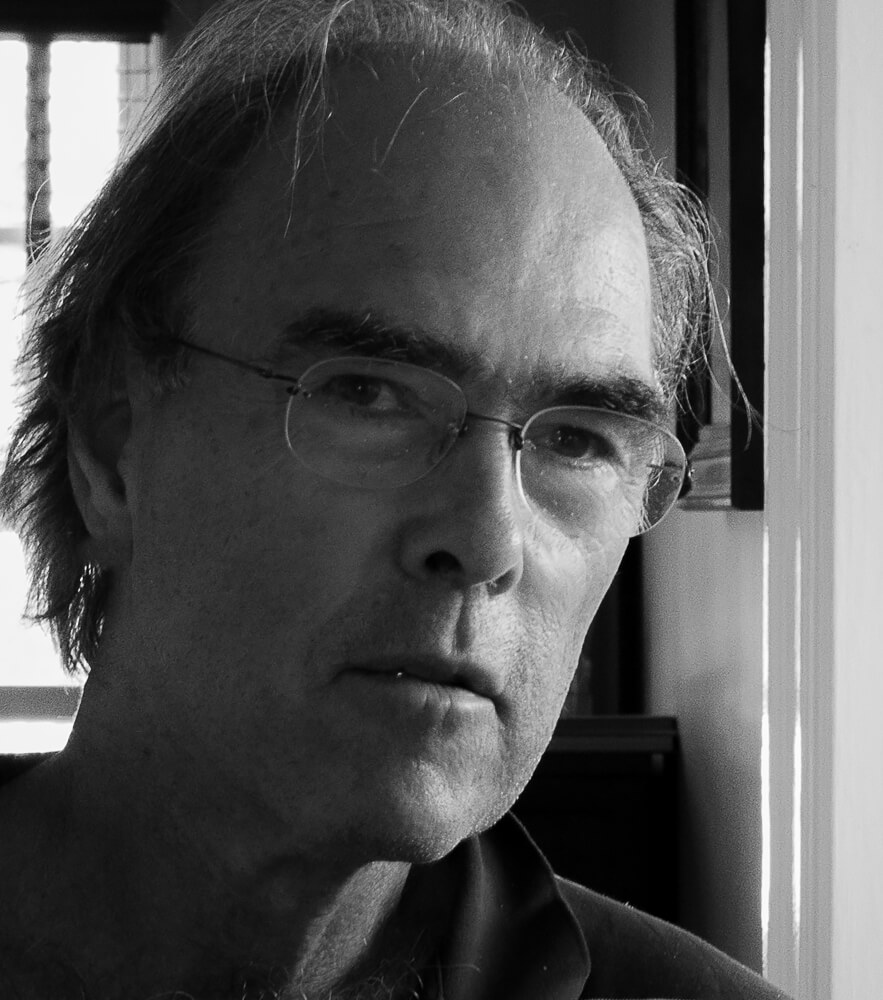James M. Peaslee (Jim) is an art photographer living in New York City. He grew up in New York City and its suburbs, Los Angeles, and France. He has been taking pictures for 50 years. His formal photography education started at age 17 in 1970, in a course taken in the Yale Art Department from the venerable Walker Evans. Peaslee has a substantial portfolio of black and white pictures (taken with a medium format camera) from that time. The need to earn a living then put a temporary damper on artistic endeavors. He went to law school, and was a tax lawyer for many years with the international law firm Cleary Gottlieb. Good tax lawyers are known for their creativity, but admittedly the artistry is light on color, tones, and shapes. In 2018, Peaslee retired from the law and attended the Rocky Mountain School of Photography Summer Intensive Program. Much of his time since the beginning of 2018 has been devoted to photography, and his portfolio is growing.
Statement
Peaslee admits to having a dark side. Many of the pictures he takes are stark or consciously simplified. A picture that is stark or simple offers the viewer a chance to ask what is missing, or what happens next. Many images show individuals who seem isolated. Pictures of buildings usually show no people, or only figures in silhouette or shadow. One artist Peaslee cites as an influence is Edward Hopper. Walker Evans, his first photography teacher, also helped set the tone.
